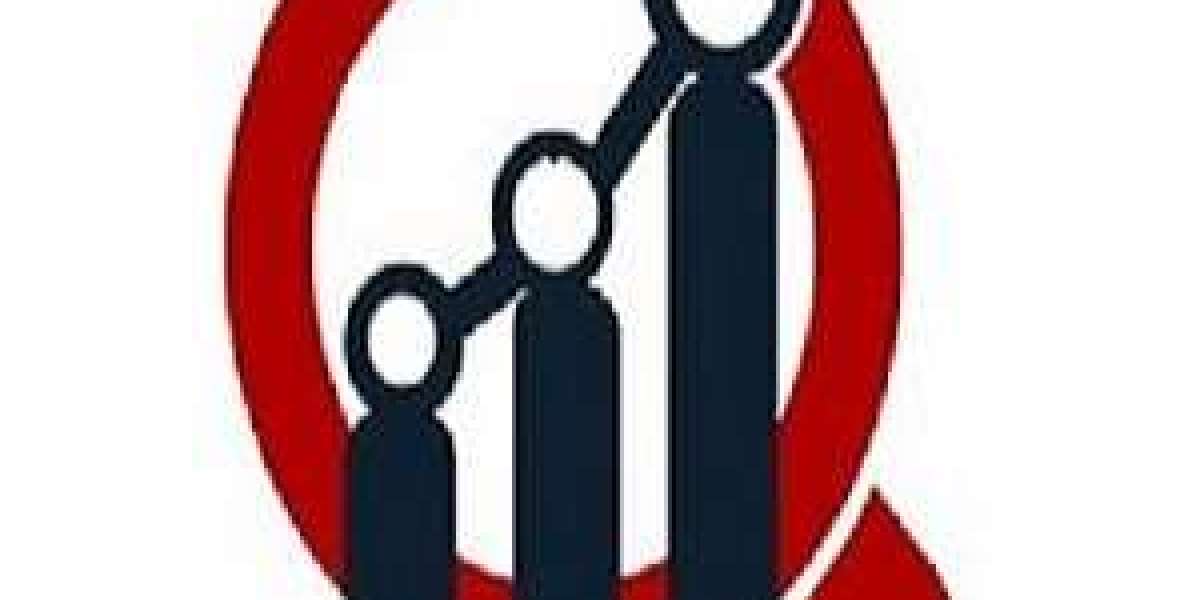Introduction:
Medical billing is an essential aspect of healthcare administration, serving as the financial backbone of medical practices, hospitals, and healthcare facilities. However, the landscape of medical billing is rife with challenges, ranging from ever-evolving regulations to complex insurance policies and technological advancements. In this article, we will explore some of the most common challenges in medical billing and provide practical strategies to overcome them. US medical billing optimizes revenue streams for healthcare entities through effective management of billing, coding, and reimbursement procedures.
Changing Regulations and Compliance Issues:
One of the most significant challenges in medical billing is staying abreast of changing regulations and ensuring compliance with evolving healthcare laws. The healthcare industry is subject to frequent regulatory changes at both federal and state levels, such as updates to the Healthcare Common Procedure Coding System (HCPCS) and the International Classification of Diseases (ICD) codes.
Solution: Establish a robust compliance program that includes regular training for billing staff to stay updated on changing regulations. Utilize reputable sources such as the Centers for Medicare Medicaid Services (CMS) and professional healthcare associations for the latest information. Investing in compliance software can also help automate processes and ensure adherence to regulations.
Denied Claims and Revenue Leakage:
Denied claims are a pervasive issue in medical billing, leading to revenue loss and increased administrative burden. Common reasons for claim denials include incomplete patient information, coding errors, and lack of pre-authorization from insurance providers.
Solution: Implement thorough quality assurance processes to identify and rectify errors before claims are submitted. Conduct regular audits to pinpoint recurring issues and address them through staff training or process improvements. Utilize technology such as claims scrubbing software to catch errors before submission, reducing the likelihood of denials.
Complex Insurance Policies and Coverage Determination:
Navigating the intricacies of insurance policies and determining patient coverage can be challenging, especially with the rise of high-deductible health plans (HDHPs) and complex insurance networks. Verifying patient eligibility, understanding coverage limitations, and deciphering insurance contracts are all essential aspects of successful medical billing.
Solution: Invest in robust insurance verification processes to confirm patient coverage and eligibility before services are rendered. Utilize electronic eligibility verification tools integrated with billing systems to streamline the process and reduce errors. Develop strong relationships with payers and insurance representatives to clarify coverage details and resolve disputes effectively.
Technological Integration and Adoption:
With the rapid advancement of technology in healthcare, integrating electronic health records (EHR) systems, practice management software, and billing platforms can be a daunting task. Inadequate training and resistance to change among staff members can impede the successful implementation of new technologies.
Solution: Prioritize staff training and education to ensure proficiency with new software and technologies. Collaborate with vendors to customize training programs tailored to the specific needs of your organization. Encourage staff feedback and involvement in the selection and implementation process to foster buy-in and acceptance of new technologies.
Patient Communication and Education:
Lack of transparency in billing practices and confusion over medical bills can lead to frustration and dissatisfaction among patients. Clear communication regarding billing policies, costs, and payment options is essential for fostering trust and ensuring timely payments.
Solution: Develop comprehensive patient education materials outlining billing processes, insurance coverage details, and available payment assistance programs. Provide upfront cost estimates whenever possible and offer flexible payment options to accommodate patients' financial situations. Implement effective communication channels, such as patient portals and dedicated billing helplines, to address patient inquiries and concerns promptly.
Conclusion:
Medical billing is a complex and dynamic process fraught with challenges, but proactive strategies and effective solutions can help mitigate risks and optimize revenue cycle management. By staying informed, embracing technology, fostering staff education, and prioritizing patient communication, healthcare organizations can navigate the complexities of medical billing with confidence and efficiency. Medical billing services streamline healthcare providers' financial processes through efficient management of billing, coding, and reimbursement tasks.







